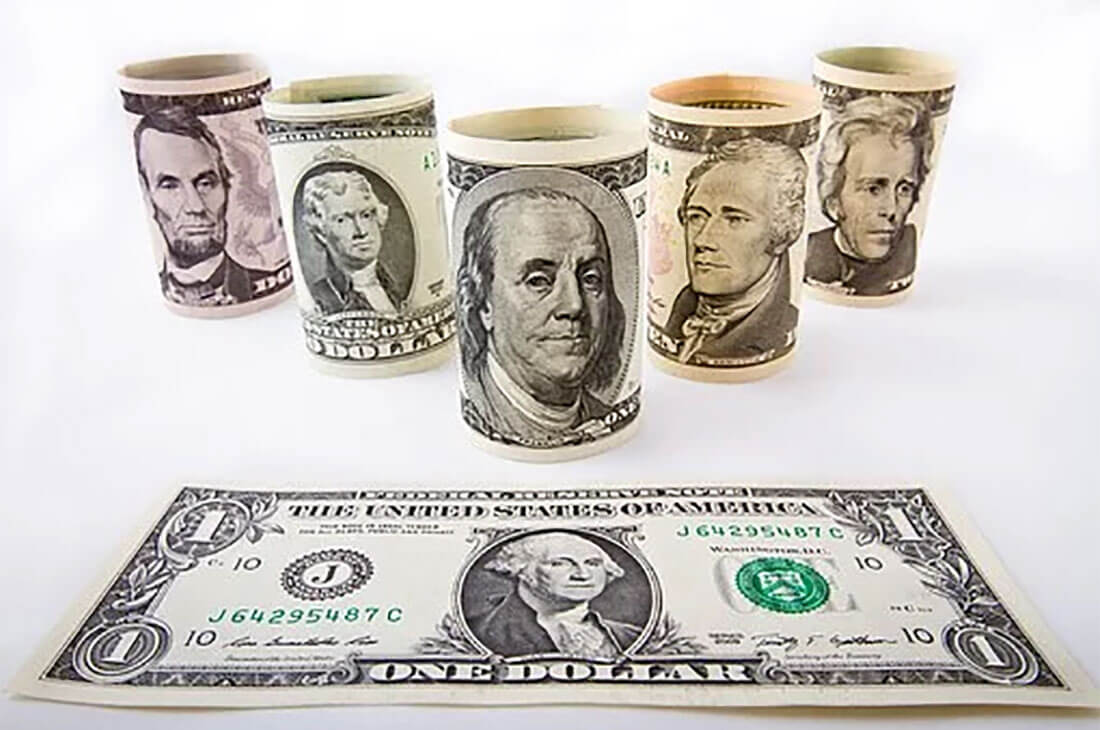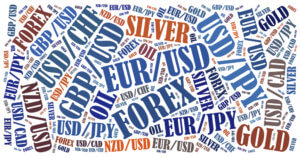The U.S. dollar surged forward against the safe-haven Japanese yen on Tuesday. On the other hand, it declined slightly against riskier currencies as solid company earnings and a slight improvement in U.S.-China trade ties bolstered sentiment. In Europe, rates expectations weighed on the euro.
The dollar climbed up by 0.2% at 113.93 yen at last. It traded steady against the common currency at $1.1599, though. Moves were slight with investors observing central bank meetings in Europe, Canada, and Japan this week, along with data releases in the United States and Australia. U.S. Treasury Secretary Janet Yellen and China’s Vice Premier Liu He held a video call.
Meanwhile, the earnings report has driven U.S. stock markets to new highs. Car-maker Tesla’s stocks skyrocketed to a valuation above $1 trillion.
The riskier Australian dollar jumped by approximately 0.3%, at last trading at $0.7513. The Chinese yuan was also firm, exchanging hands near a four-month high at 6.3845 per greenback. The South Korean won soared to a seven-week peak on Tuesday.
Bank of Singapore analyst Moh Siong Sim noted that the U.S. currency has been reversing lower because of more risk- on mood market, adding that it’s due to earnings coming in better than expected. Investors are still waiting for new data and watching central bank meetings for direction, though.
What are the forecasts for the U.S. dollar?
The U.S. dollar index remained at 93.856 on Tuesday. It traded between a one-year high of 94.563 reached earlier in the month, and a one-month low of 93.483 hit on Monday. According to analysts, the index might stay there through the central bank meetings in the coming days.
Analysts at Westpac also noted that the greenback seems to be finding its feet in the mid-93s as focus turns to U.S. growth data on Wednesday, along with the European Central Bank’s meeting on Thursday.
On the other hand, a soft German sentiment survey on Monday and anticipation of the ECB pushing back on market inflation forecasts have pushed the euro lower ahead of Thursday. Investors expect the ECB to underscore its dovish guidance. U.S. GDP will likely show the economy’s rebound stalling, as well. However, the scene is still set for the Fed to announce a reduction in bond purchases next week.
Westpac analysts think short-term yield spreads should keep trending in the dollar’s favor and leave the greenback with a bid tone.
Central bank meetings in Canada and Japan are also due this week. In Canada, soaring inflation has increased pressure on policymakers to pull forward rate hikes. Investors are waiting for Wednesday’s meeting for any hawkish clues. On Tuesday, the Canadian dollar exchanged hands at C$1.2383 per dollar, skyrocketing to a four-month high last week.
However, traders don’t expect any changes from the Bank of Japan, even though policymakers are discussing an end to a coronavirus loan scheme. Australian quarterly inflation data is also due on Wednesday. It will likely set the tone in a tussle between the resolutely dovish Reserve Bank of Australia and rates markets.
The RBA’s meeting may change the Aussie’s course
Analysts expect new data to show growth in Australia’s consumer prices. According to the forecasts, it might have accelerated to an annual pace of 1.8% in the last quarter from 1.6% in the preceding three months.
Furthermore, the Fed, the Bank of England, and the RBA plans to meet next week. Markets have priced a 60% chance that the Bank of England raises interest rates to head off inflation.
The British Pound has been soaring at the prospect of higher rates. On Tuesday, it traded steady at $1.3765, though. Meanwhile, the New Zealand dollar climbed up by 0.1% to $0.7174.
The South Korean won gained 0.1% even as the reports showed that growth in the third quarter slowed for Asia’s fourth-largest economy. Analysts seem sure that the central bank will raise rates soon.
Other Asian currencies were mixed against a steady greenback, with the Malaysian ringgit and Taiwan’s dollar edging up by 0.2% each. However, the Philippine peso tumbled down.











